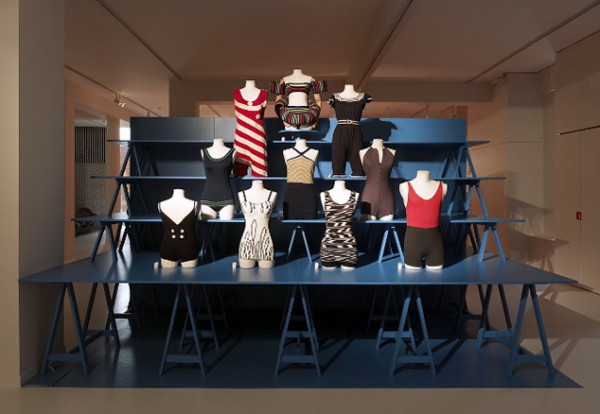
“Sports have freed women, and continue to free women, from restrictive dress, behavior, laws and customs ‚Äď and from the belief that women can‚Äôt or shouldn‚Äôt achieve or compete or win.” ‚ÄĒ Mariah Burton Nelson, 1998
The health movement and sporting lifestyle that began to develop at the beginning of the 20th century meant new clothing styles in the ‚Äėliving‚Äô fabric of preference: knitwear. Because of the way it fit the body and its breathability, knitted varieties, was universally praised as sportive materials.
The ‚Äėnew woman‚Äô took part in such outdoor sports as tennis, golf, hunting, skiing and climbing. Her wardrobe borrowed some elements from men‚Äôs sporting attire, but made theme more feminine. Designers such as Jean Patou and Gabrielle Chanel were visionary in their combinations of sportive woven fabrics and modern, fashionable designs for the emancipated woman. As a result, sports and fashion now became permanently linked.
Another iconic article of knitted clothing from the same period which deserves special attention is the bathing costume. Swimming became very popular among women. At the 1912 Olympic Games, women first took part in the swimming competitions. From then on, its popularity grew. This official Olympian seal of approval of swimming as an appropriate sport for women worked as a catalyst for the development of a modern and practical swimsuit. The Edwardian two-piece bathing costume was replaced in the 1920s by knitted, one-piece swimming suits of wool jersey and silk, reminiscent of earlier one-piece swimming costumes for men. The new swimsuits were infinitely more suitable for activities in the water than their historic predecessors.
As said by Jantzen, the American manufacturer: “The suit that changed bathing to swimming”.

